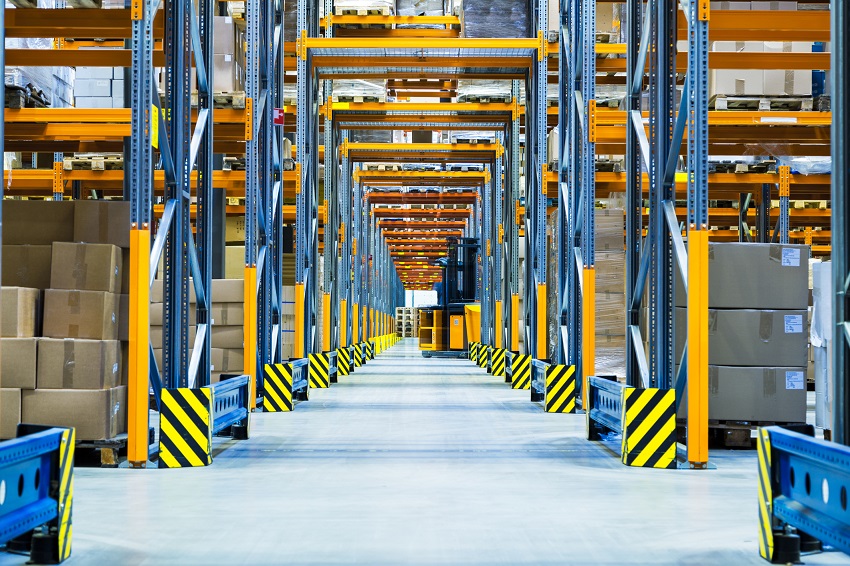As ecommerce booms, customers are becoming more accustomed to a quick delivery turnaround. Companies like Amazon, which can deliver certain items within a few hours, have only added to the expectations. These expectations have carried through to the B2B world as well, as businesses try to meet their customers’ needs.
Shipping costs and delivery time are reliant partially on how far goods must travel from the retailer to the customer. So, a company with many distribution centers should be able to service its customers quicker than the competition, right? Maybe, but it might come at a price the company cannot support.
The decision to expand the distribution network can be challenging and add costs that need to be analyzed beforehand. Ideally, a company wants to have adequate inventory levels in every warehouse to be able to deliver to customers as soon as possible. However, this is not always the most cost-effective way to handle delivery.
Advantages of Adding a DC
The obvious benefit of another facility is the ability to ship items faster. Some companies with exponential growth find that adding a distribution center is necessary to maintain a certain service level and reasonable delivery window, but there are several other advantages as well.
New warehouses or distribution centers create operational advantages that can further benefit the business. Relieving capacity issues at existing facilities and lengthening the window of time in which companies are able to ship each day improve the fulfillment and distribution processes.
Other opportunities can present themselves as well. For example, being able to handle temperature-controlled items or hazardous materials, or being able to offer specialized packaging or labeling. With a good distribution strategy, new locations can help to grow a business’s capabilities.
Technological Capability
Additional centers mean additional technology requirements, as processes and operations become more complex. When adding another location, several questions must be asked in order to find the correct technological solution. Inventory management determines which products are stocked at which center, safety stock levels for each location, and how to make inventory visible across the sales channels. Order management and shipping also become more complex as issues of how orders are shipped from different facilities and how to allocate those costs arise. A technology plan must be put in place so that multiple centers can be managed properly.
Are You Ready?
Adding facilities comes with many considerations, such as inbound transportation costs, taxes, and labor availability and costs. These factors may affect the decision of where a second center should be located. And every company has different considerations that must be factored into the equation, so creating a model for shipping, labor, and inventory costs becomes imperative.
While the ability to provide the quickest shipping at the lowest cost is a benefit of an additional distribution center, both the opportunities and the potential risks are specific to the company. A retailer must analyze all aspects, not just the benefits, of adding an additional location before actually going through with the move.


